February 17, 2017
HR set to be the powerhouse of business in the open economy of 2020 0
A new report commissioned by Samsung claims that by 2020, the impact that changes in society and technology will have upon the future of the workplace will elevate Human Resources (HR) to a powerful new role. The arrival of what Samsung calls the open economy will create a new environment in which a breed of ultra-flexible freelancers will prosper. Their arrival will present great opportunities for those organisations that embrace them but there will be significant challenges as well. Automation will be increasingly prevalent, but human skills will also rise in value as whole new job categories will be created around creativity, human judgement and intuition capabilities –positioning HR at the forefront of dealing with the significant industry changes. Emerging technology and artificial intelligence will undoubtedly create great change in many industries but it will also release human workers from mundane and repetitive tasks, liberating a workforce where human judgement and expertise becomes the centre of any organisation’s human resources.

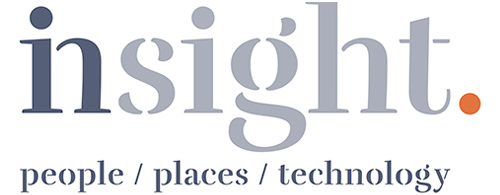
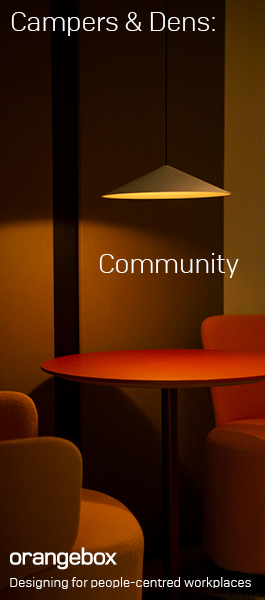





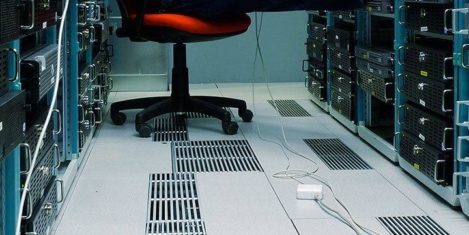
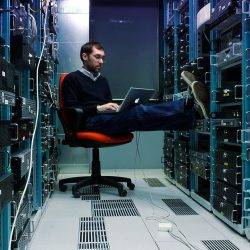

















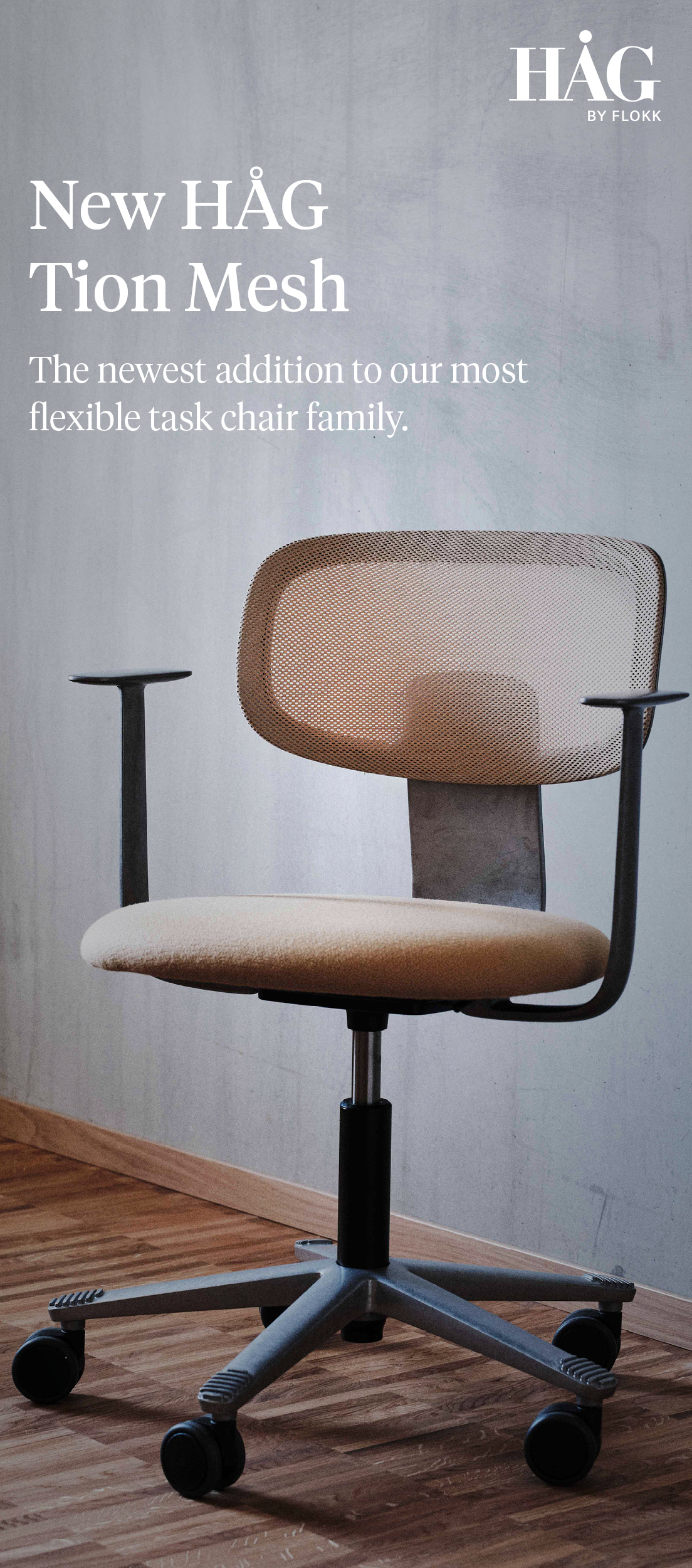








December 7, 2016
Business as usual for recruitment and retention in post-Brexit Britain … for now 0
by Oliver Watson • Comment, Flexible working, Legal news, Workplace
(more…)